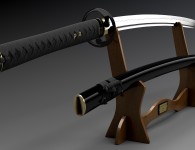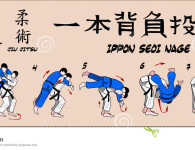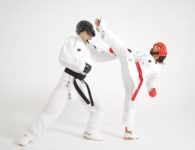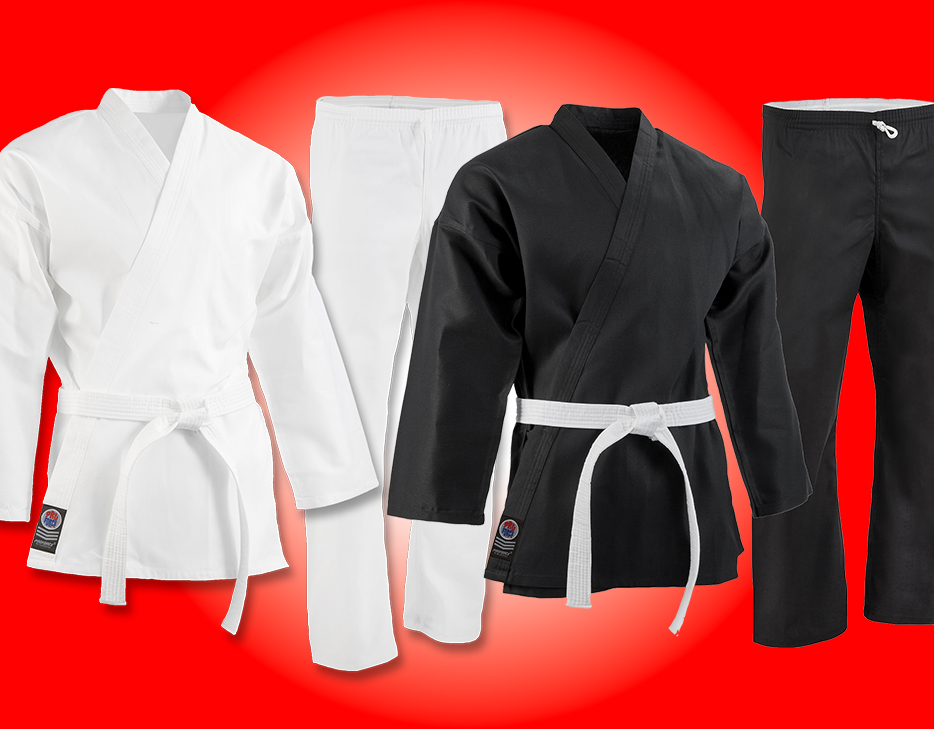
In theory, the gi is a pretty straightforward piece of martial arts gear. You take a pair of pants. You put a jacket over top, wrap it around your body, and use a belt to tie it into place.
If you’re just starting, that’s probably all you need to know. Any relatively well-fitting gi put on properly will be enough to allow you to try out a class or two. Once you decide that you’d like to keep going, though, gis become a little more complicated.
It can be easy to get overwhelmed by all of these factors when you haven’t even learned the basics of your martial art yet. This beginner’s guide is designed to help you make sense of all of the basics and find the perfect gi for your body and training goals.
Are all gis the same?
To the untrained eye, most gis can look pretty similar. Once you get more familiar with the techniques involved in each discipline, though, you’ll start to notice all of the little details that make one style of uniform more suited to one style of martial art over another. And once you start to get serious about your training, you’ll need to invest in a gi that’s been designed specifically for your martial art.
The reason for this is that gis function as a uniform and a tool. You wear one to represent your discipline and dedication to your art and school, but you also wear it to allow for the proper freedom of movement in your techniques. Depending on your martial art, you might even use your gi — and your training partners’ gis — in certain techniques. Wearing the right gi means ensures that you and your teammates can learn and grow to the best of your abilities.
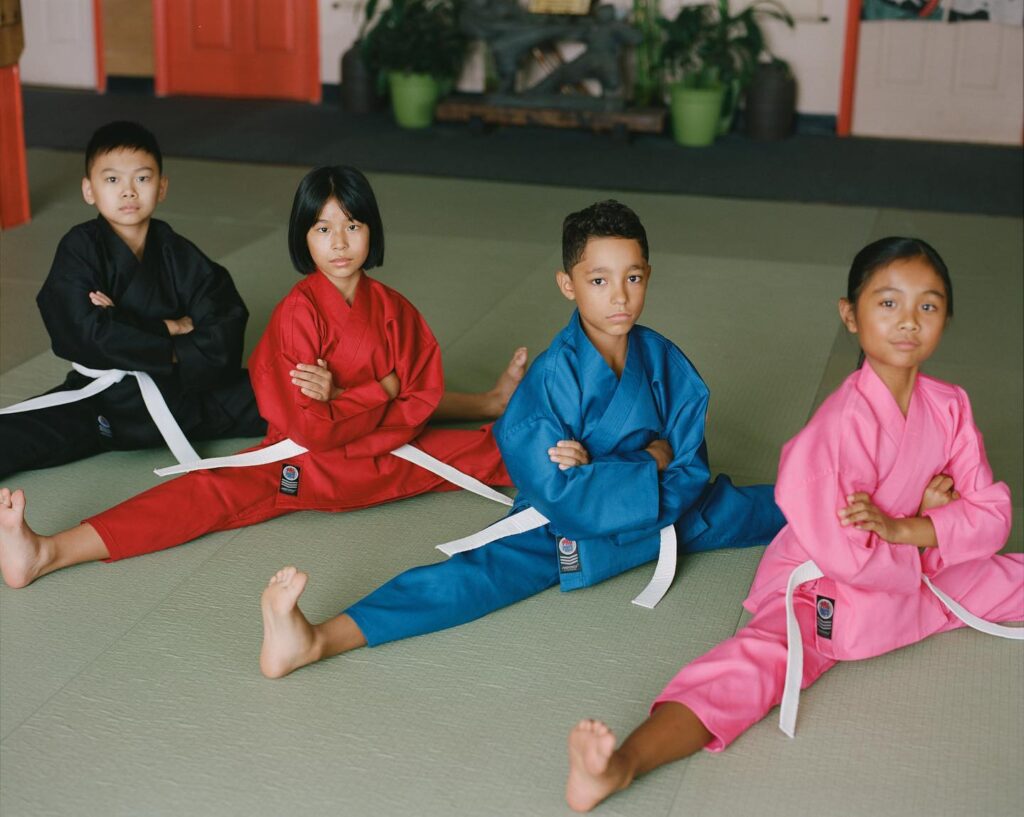
What are the differences between BJJ, Judo, and Karate gis?
Brazilian Jiu-Jitsu Gis are generally made from heavy cotton, with thick stitching and extra reinforcement at stress points like the knees and shoulders to help them handle the wear and tear of mat-based grappling. Their jackets have thick collars to facilitate proper grips and choking techniques, and shorter skirts to allow for more hip movement on the ground.

Judo Gis, or Keikogis, are similar to BJJ gis because they’re also designed to withstand the wear and tear of grappling. The big difference is in the design of the jacket, which has wider sleeves and a longer jacket which are more suited to Judo’s grips and throws.
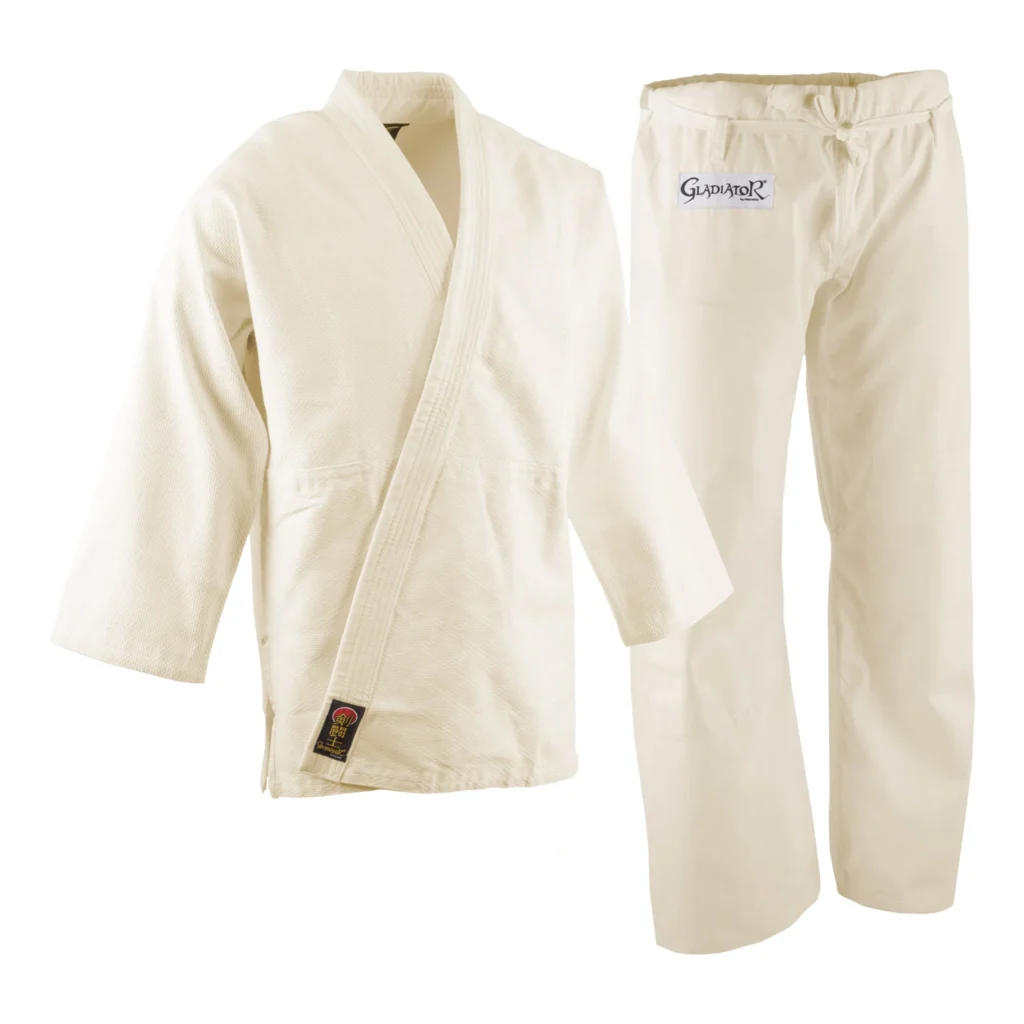
Karate Gis, sometimes known as karategis, come in a wide range of light, medium, and heavy weights. Most of which are still lighter weight than most of their BJJ and Judo counterparts. This is because Karate focuses more on strikes than grappling, and its uniforms don’t require the same amount of protection against heavy wear. The lighter fabric allows for more freedom of movement, which is crucial to Karate’s techniques.
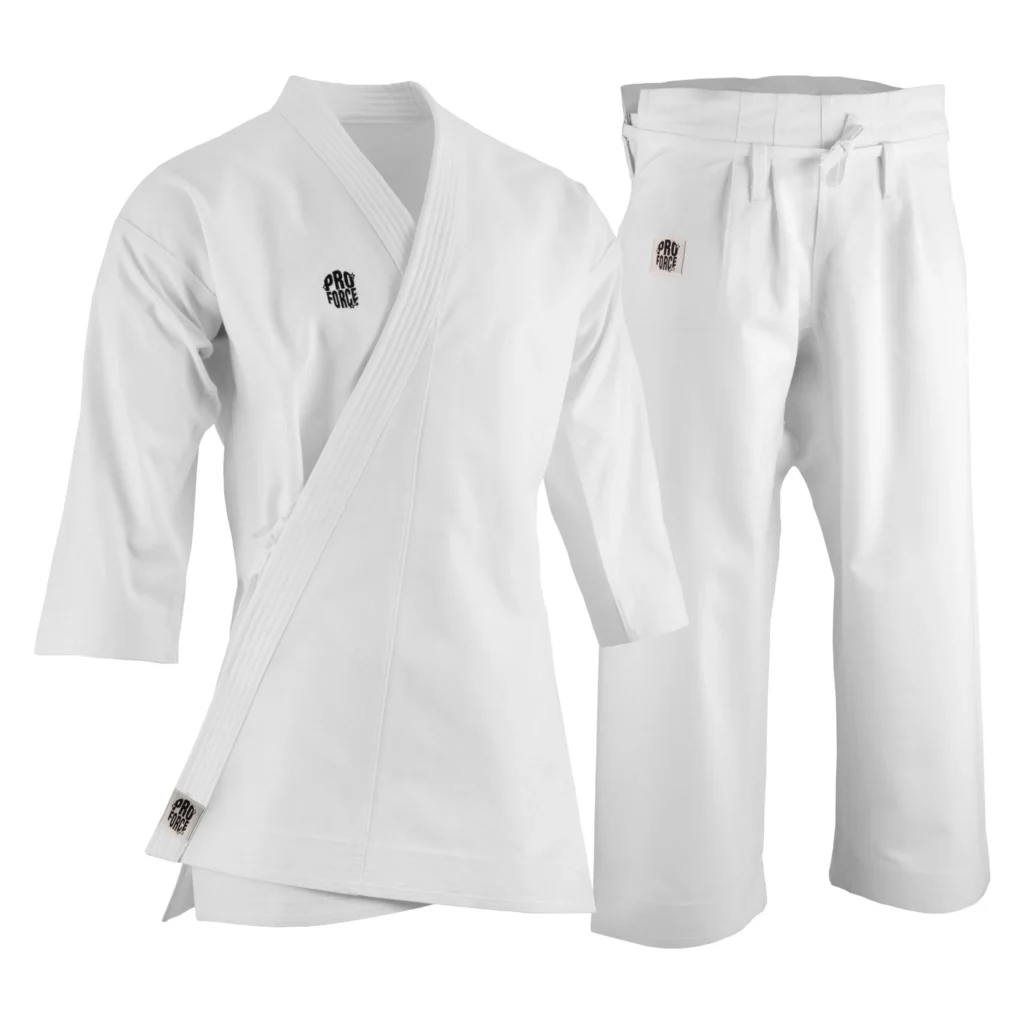
How do you choose the right gi?
There are lot of different options out there, and narrowing them down to pick the best option can be intimidating when you’re just starting out. Following this simple elimination process can help you get a much better idea of what model and size will work for you:
- Ask your sensei. Or another representative from the school you’re joining. Most martial arts gyms have their own rules about uniforms, colors, patches, and other decorations. Once you know what’s required and what’s permitted at your gym, you can clear all of the gi options that don’t fit your criteria from your search.
- Address the practical issues. Determine your gi size by measuring yourself and consulting the appropriate sizing chart. Pick the right weight for your gi by assessing your training goals. If you know that you want to compete, researching the uniform requirements for local tournaments and pick the weight and size that will meet them. If you know that you’re going to be training frequently, pick a heavier gi that can resist more wear. If you don’t need to think about regulations or endurance, though, you can start to consider other factors. If you have sensory issues or aren’t used to training and sweating in cotton, for example, you might be more comfortable starting in a lighter weight uniform. (For more on the benefits of lightweight uniforms, click here.)
- Show your style. Once you’ve figured out what you need from a gi and eliminated everything that doesn’t fit your criteria, you can start to take your personal taste into account. What gi looks the best to you? What features sound the most comfortable?
If you’re not 100% sure after taking those steps, don’t stress about it too much. Any option that you pick from your remaining list will be good enough to get you started. If it ends up being exactly what you want, that’s great! If there are certain things that you don’t like, you can make a note of them and factor those observations into your next gi search. Finding the perfect gi is a long-term process that will probably take years of training, trial and error. Picking the right gi for right now is your first step.
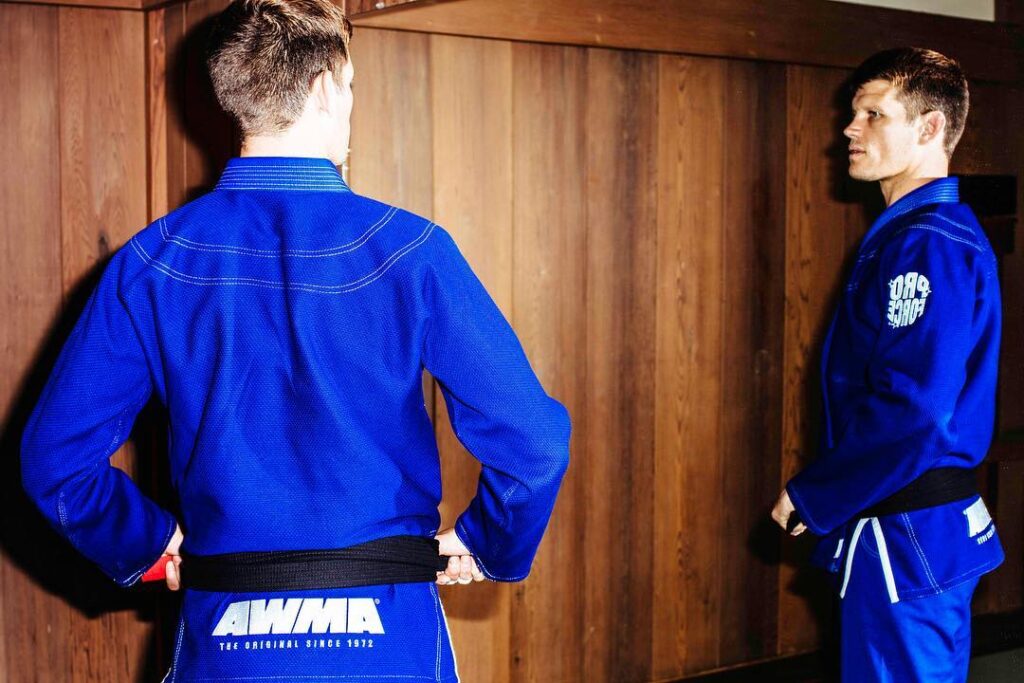
And if you’re still not sure, here are some further resources to help you out:












